- Seller: Brian S (Contact)
- Location: Bolingbrook, IL
- Mileage: 83000 Shown
- Chassis #: 163P86261
- Title Status: Clean
- Engine: 4 Cylinder
- Transmission: Auto
Pontiac was once a leader in innovation. Take this 1963 Pontiac Tempest, which features the rare Trophy-4 engine, a transaxle, and independent rear suspension. It also features great styling and handling. This example is a running and driving project that just needs cosmetic work to be a show-stopper. Fix the last few minor issues and drive it! The seller is offering it here as a BF Exclusive with an asking price of $6,500.
The Tempest was Pontiac’s compact offering and was high-tech for an affordable car. With its engine mounted in the front but its transmission in the rear, it had a near-perfect 50/50 weight distribution. It also featured an independent suspension front and rear. The transaxle design added complication but made for a great-handling vehicle. It proved to be popular, especially in LeMans trim, so much so that the LeMans became a separate model in 1963.
The interior is simple, as you might expect from a compact car of this era. However, it has all the necessities for comfort and should prove to be a pleasure to cruise in. This example could use new seat upholstery, but it’s useable as is. Original-style upholstery is available and would make for a more enjoyable driver.
The Trophy-4 is a good engine, it’s essentially a Pontiac 389 V8 cut in half. The seller doesn’t state whether this is the 110 or the 140 horsepower engine, but it’s said to start and run well. Its power is sent to the Powerglide transaxle via a rope-drive.
The seller has already done some of the needed work to make it a driver again, including rebuilding the brakes, installing new tires, and a new convertible top. They also are including some the new parts, including new exhaust manifold gasket and tune-up parts.
The seller notes some rust on the body but states that the floors, trunk, and underside are solid. These are really interesting and fun to driver cars. This one needs some work, but you can start driving it while you improve it. So, if you’d love to give this Pontiac a new home, make the seller an offer today!
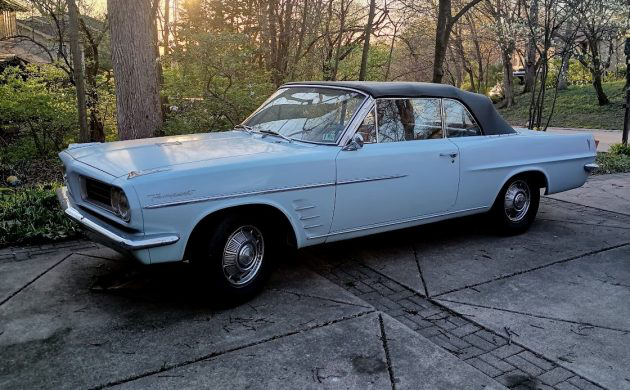
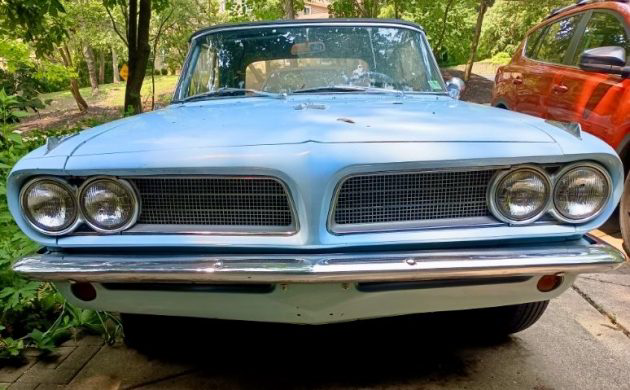
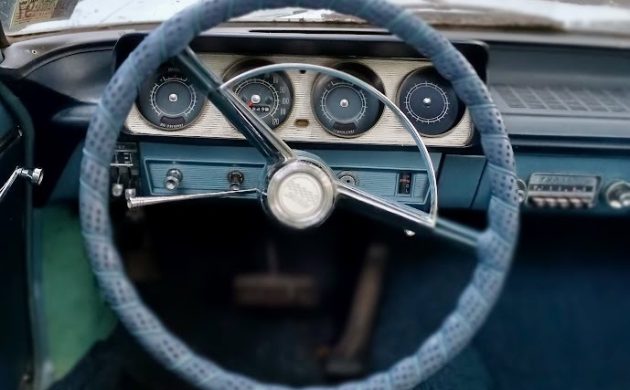

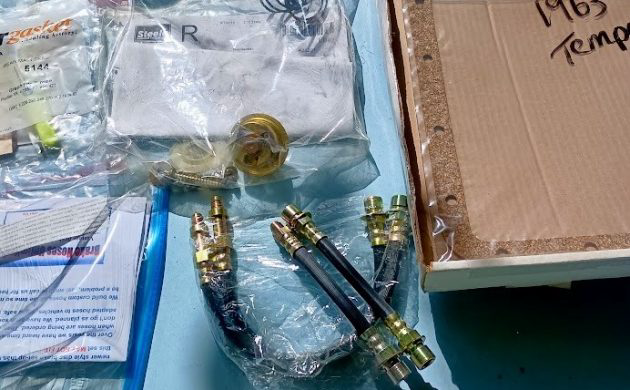
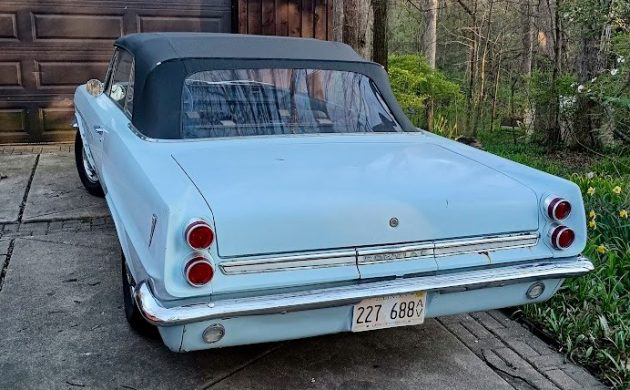







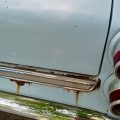


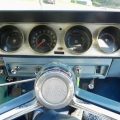


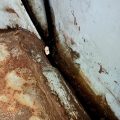

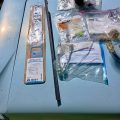
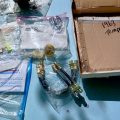

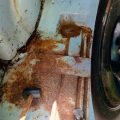



Unique car. Distant cousin to my Corvair Monza. Could be an interesting project if I was 10 years younger.
I thought it had a similarity to the Corvair, glad to hear that I wasn’t seeing things.
Quite an innovative pair.
2 or 3 speed auto? Wouldn’t a stick make more sense in a car like this? Nice to see an unusual engine versus a 326 or even a 389. Needs to be kept the way it is for future car buffs to see, but I wonder if that will be the case. My take is it turns into a GTO clone, something we have to much of already.
It’s a 2 speed auto. Essentially a modified Corvair Powerglide.
Powerglides are 2 speeds. For automatic-transmission cars, this engine was rated at 130 horses at 4,400 rpm and 195 pound-feet of torque at 2,200 rpm, thanks to a hotter camshaft than that used in the stick shift cars.
For 1963, the rear suspension was also improved. The swing-axle arrangement used on the ’61 and ’62 models was replaced with a new trailing-arm design similar in layout to the one used on the 1963 Chevrolet Corvette. Axles had U-joints at both ends to allow the wheel to maintain a more constant camber setting throughout its range of travel. This new design allowed the rear wheels to operate more independently of one another and reduce the Tempest’s natural tendency to over-steer.
As I recall, these were also available with the Buick 215 CI All Aluminum V8 which weighed less than an Iron 4 cylinder. Only a few were build with the V8 but what a lively package that would make. I think that the Buick 215 with a 4 BBL made between 180 and 200 HP depending on the CR. An Olds 215 could also be used since those engines were very similar, differing only in the rocker arm design, valve covers and the Olds used 5 head bolts per cylinder vs the 4 per cylinder for the Buick.. The independant suspension in the rear would be a great ride and handling package. The automatic would be a 2 speed power glide from the Corvair.
number them all, I think quite a few for one car: 1st is the ‘rope’ drive shaft (thought it was being left out above), 1/2 a bent8 (or ’61/2 only) an alloy 215 bent8, transaxel, IRS. U wont find many that tried all these things at once. Esp on an econobox. The car quickly left that class (already it was a bit big for it (112 WB) w/the gto/10:1 compression motor.
Count me in for a rest0. Lets keep the quirks for posterity/all 2 C…
Oh baby this would be in my garage now if I had the space. Almost tempted to sell something, but just can’t do it…Nobody better put a 400 in this!!
Btw, the 215 was an option in ‘61-‘62. The 326 (actually a 336 in 1963) was the V8 option in ‘63.
The Trophy 4 is just way too cool though…There were actually several versions. Basic 110 hp (one barrel), a 140 hp (4 barrel), a 155 and “special” 166 hp version as well.
One of the great John Z. cars.
Too much money for what rust there is. That’s going to take some work. I wonder about parts availability for something like that rubber band drive shaft. Nice car though. I remember a friend’s dad had one in a hardtop.
Not much rust at all, especially for that price.
The drive shaft on these is actually a thick metal wire cable, covered in an insulation. It has been (inaccurately) called a “rope” drive by some because of its rope like cable design.
Incidentally, the winch cable on a tow truck is generally called a wire rope despite containing no hemp Lol. The deciding factor between wire rope and cable is it’s diameter. Over 3/8″ diameter being called rope and smaller diameter, cable
I wish I was closer, buy it in a heartbeat
I had the car shipped 1000 miles from the east coast for $600 last year, when gas was over $4/gal. So distance isn’t as big an issue as you think.
Jason V.
Thanks for setting the record straight on the engine options for the 1963 model. You even knew of the one year 336 ci version branded as a 326. Kudos!
During my senior year at high school (1964-65), I had a great little chocolate brown ’63 Sports Coupe with the 326 3-speed manual. Great looking and performance car.
Jason V.
The driveshaft for the 1963 Tempest is not a cable covered with insulation. I had mine break on my 2-year-old 1963 Tempest 326 and had its fracture examined by Pontiac’s factory rep in Austin, TX.
Having that same broken driveshaft in our hands, he explained that it was a special alloy steel, shot-peened and coated with a special coating. Somehow, mine had gotten nicked when built and ultimately broke at that point.
No cables, ropes, etc. Just a special kind of torsion bar steel.